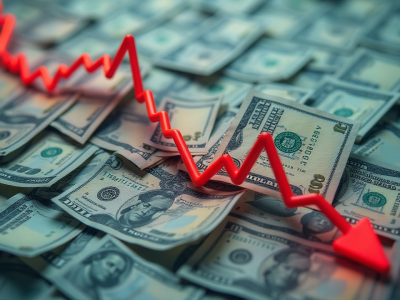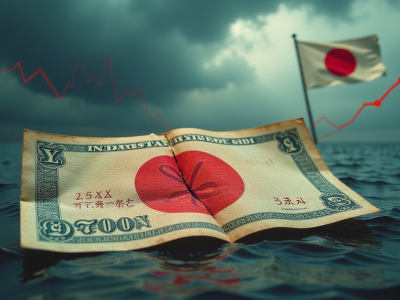
The Libyan dinar has staged a strong comeback this week, even as the wrangles in the country accelerated, pushing the central bank governor to flee. The USD/LYD exchange rate dipped to a low of 4.79, its lowest point since July 2023. It has also dropped by over 2.50% from its highest point this year.
Central bank governor flees
The Libyan dinar bounced back after Sadiq al-Kabir fled the country after coming under intense pressure in the past few weeks.
His decision to flee the country happened after facing substantial pressure from Abdul Hamid Dbeibeh, the head of the Tripoli-based government. He had accused the prime minister of overspending as the country continues to rebuild after years of crisis.
Sadiq rejected pressure to replace him as the head of the central bank, saying that it was illegal and was against the rules set by the UN in its deal between the east and western sides of the country.
The standoff has been severe, leading to the suspension of most services in the country since the central bank is tasked with holding the billions of dollars that come from oil exports. Over 750,000 barrels of oil went offline on Thursday, which explains why Brent and West Texas Intermediate (WTI) have risen in the past few weeks.
His ouster leaves the country in a difficult place since the prime minister will need to replace him and his team, a move that could be opposed by the other side. There is also a big risk of political violence in the country. In a note to the FT, the central bank governor said:
“The oil shutdown will have a negative impact on the economy and the value of the dinar. Also, there are tensions between forces on the ground in Tripoli that support and oppose the measure [to remove him]. So I fear it could lead to fighting.”
Libyan dinar exchange rate
Libyan economic crisis
Libya has been in a political and economic crisis for over a decade since the ouster of Muammar Gaddafi. To a large extent, the country has been closed to foreigners and has had two governments, making it difficult to govern.
As a result, data by MacroTrends show that the GDP has crashed from over $80 billion in 2013 to $45 billion. It has also grown in three of the last ten years, leading to higher unemployment rate and inflation.
Data by TradingEconomics shows that the Consumer Price Index (CPI) has jumped from 135.9 points in 2015 to 301 points in June.
Analysts believe that the economy faces a difficult period ahead as long as the country has numerous centers of power. These governments and other militias raise the chances of war in the country.
The Libyan dinar has crashed over the years
While the Libyan dinar has rebounded recently, it remains sharply lower than where it was during Gaddafi’s era. In 2011, the USD/LYD exchange rate was trading at around 1. Today, it has moved to almost 5, meaning that Libyans have seen their wealth crumble by 300%.
Most of the Libyan dinar crash happened in 2021 when the central bank devalued the currency in a bid to stabilize the economy.
A likely reason why the Libyan dinar has not done worse is that it is not a market based currency. Instead, it is pegged to the Special Drawing Rights (SDR), a unique currency created by the IMF that is based on a basket of currencies like the US dollar and the Chinese yuan.
Libya’s currency gets its value from the oil that the country exports. Data shows that the country sells over 1.2 million barrels of oil per day, making it the third-biggest African oil exporter.
Libya depends almost 90% on its oil exports. It also exports natural resources like iron, chemicals, copper, and precious metals. The country also imports most of its items, including food, refined petroleum, and tobacco.
Most analysts believe that Libya would be doing much better if Gadaffi was not killed. In his tenture, it was one of the biggest and fastest-growing countries in Africa.
The post Libyan dinar (LYD) is soaring; remains below the pre-Gaddafi era appeared first on Invezz












